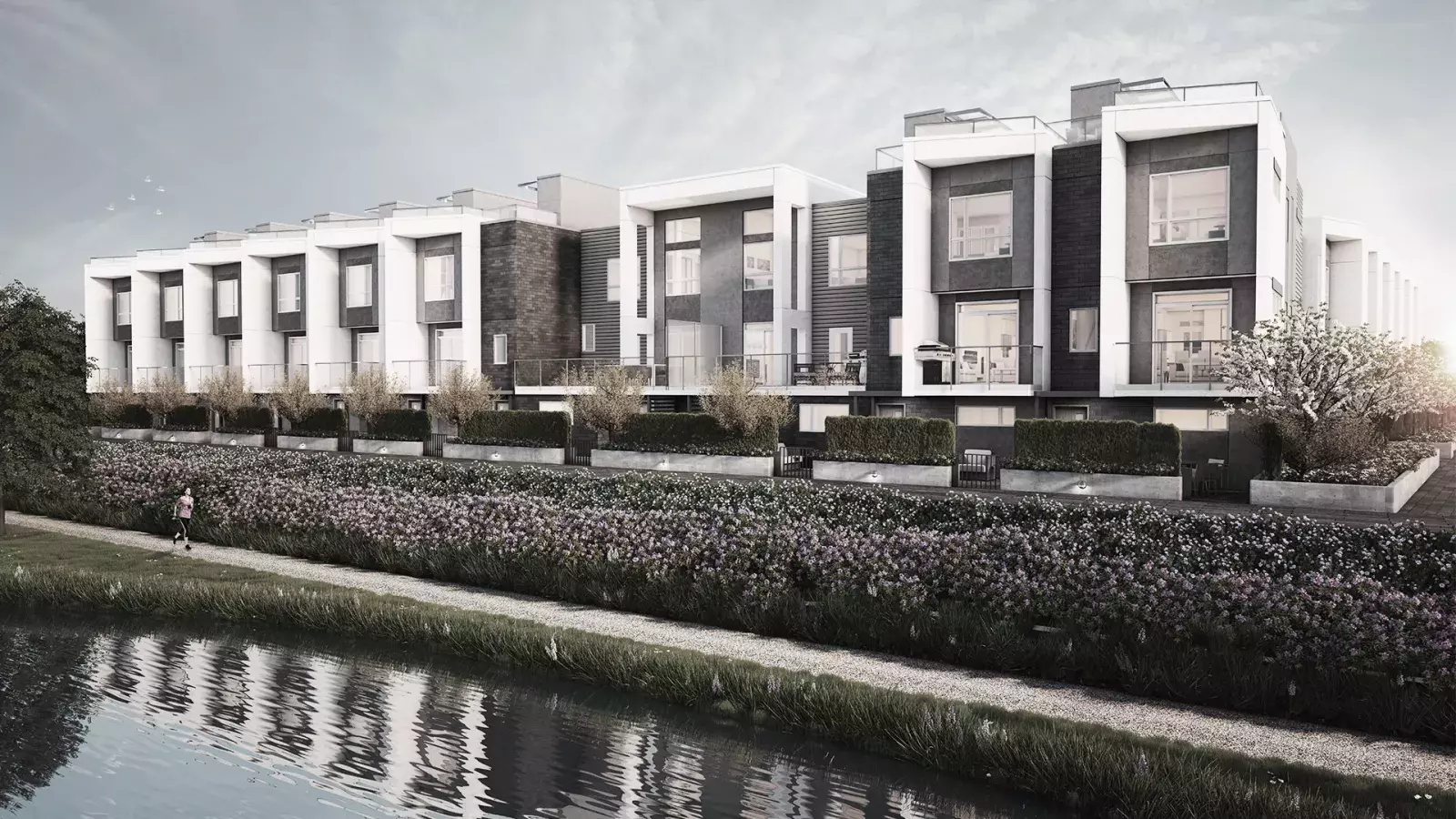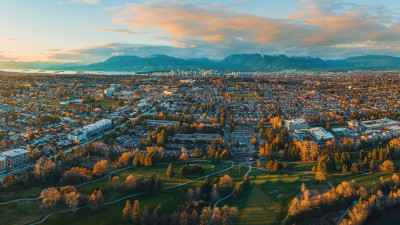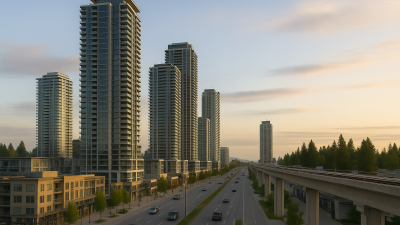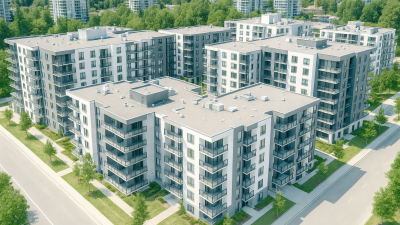There has been much discussion the last few months about the real estate boom across the Lower Mainland, fueled by factors such as constrained supply, and buyers seeking more space outside city limits. This trend is likely only to continue as widespread immunization against COVID-19 takes place globally and borders begin to open up, especially given the intention of the Canadian government to ramp up immigration in the near future.
Though newcomers to the country began to lessen significantly in 2020 due to worldwide travel restrictions, a commitment has been made federally to welcome more than 1.2 million permanent residents in 2021, 2022, and 2023 combined — a number equal to approximately one percent of the nation’s population annually.
Even taking increased immigration out of the equation, demand for housing is already far outweighing what is available due to a number of external pressures, including recent legislative changes and the pandemic. Combined with a long lead time from conception to completion for larger projects and the result is the volatile conditions being seen today, says MLA Canada Executive Director, Cameron McNeil, in a recent CKNW 980 radio segment.
“We were in quite a slump in 2017 to 2018. Much of that came from initiatives the provincial government took [to slow foreign investment], which created some fear and uncertainty, so developers held back. The consumer was also cautious at the time, but as you recall about a year ago it started with the single-family market coming back strong and now the multifamily condominium market has come back very strong as well,” said McNeil.
“If a project is not ready to go today, the process could take up to two years even before they get the approval to offer that to the community. And then of course sales happen, and it could take two or three to build,” he added.
In addition, technology is helping add fuel to the fire. Similar to how digital tools have mass enabled remote work, prospective homebuyers can now seamlessly search for their next purchase regardless of their current whereabouts whether here or abroad. Find out more about this topic in our recent article “Post-Pandemic Virtual Home Buying”.
For example, MLA Canada’s own re-launched MLA Live platform provides more than simply a virtual property tour. Participants can request specific information like school and transportation options in the vicinity or proximity to amenities, just as at an in-person showing, something particularly useful to international customers who may be unfamiliar with the neighbourhood.
The future is still unclear, however, activity taking place in secondary markets should provide a fairly accurate indicator of what’s in store.
“The Fraser Valley has seen its strongest year ever in history. Some of the secondary markets such as Squamish are really benefiting from people having greater flexibility to be working from home, and yet when the immigration numbers really start to flow back — which they're expected to as soon as the airports start opening up — we're going to see this real strong surge of immigration returning and filling up our traditional areas,” said McNeil.
To get the hottest daily news on real estate, industry trends, market insights, architecture, home buying, and more, subscribe to MLA Canada’s Newswire. Follow us on social media for live updates on real estate news and market trends happening across the Lower Mainland and beyond.
By MLA Contributor Benjamin Yong



